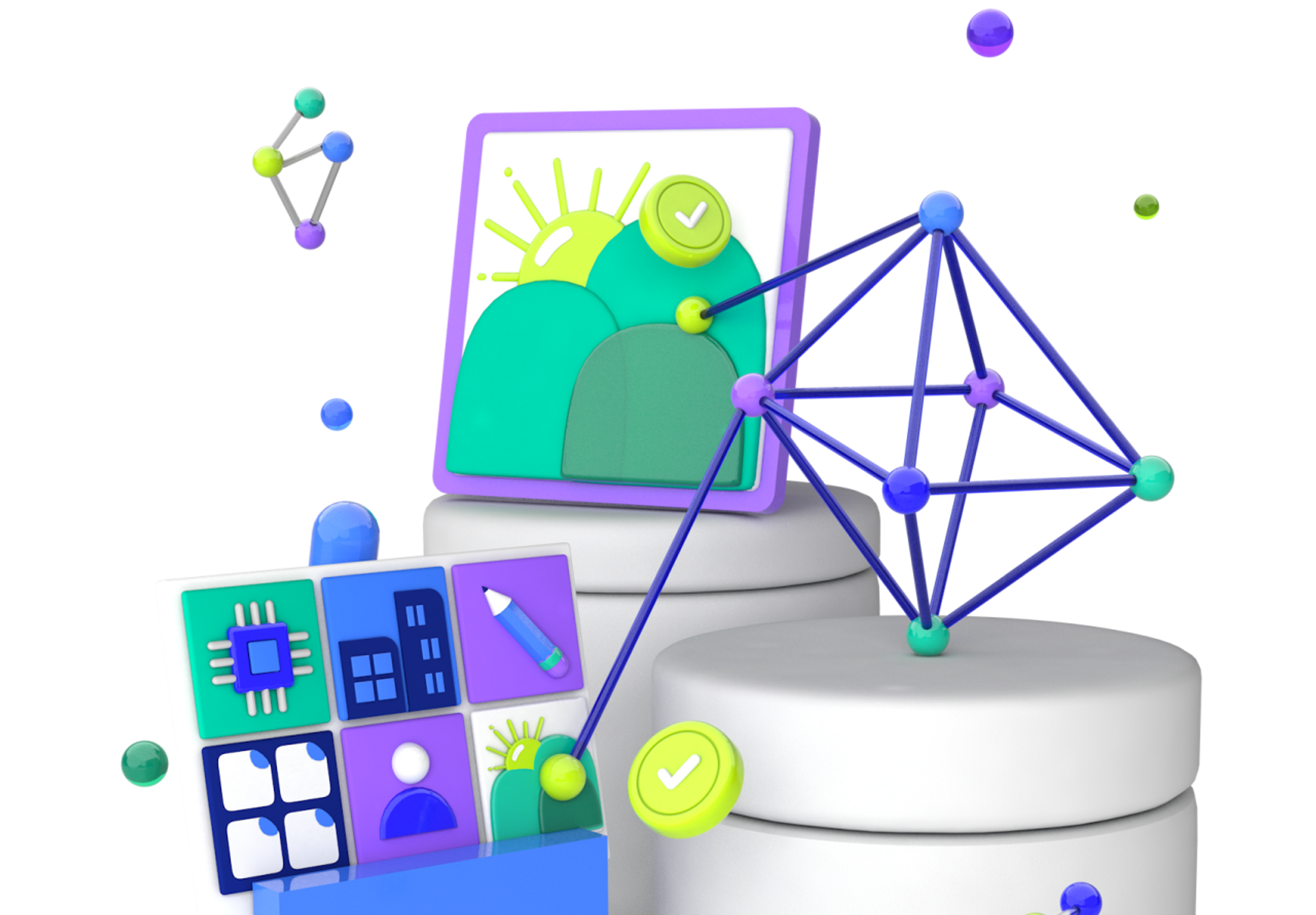
The School Of
Artificial Intelligence
AI is one of the most transformational and fastest-growing technologies of our time. Our School of Artificial Intelligence offers AI training and machine learning courses as well as programs focusing on deep learning, computer vision, natural language processing, and AI product management.

In Demand Skill Sets
Machine learning is becoming a fundamental skill as software development is entering a new era. This path will enable you to start a career as a machine learning engineer. First learn the fundamentals of programming in Python, linear algebra, and neural networks, and then move on to core machine learning concepts.
Steps To Become A Machine Learning Engineer
Artificial Intelligence Across Industries
Manufacturing
- Artificial Intelligence is used for predictive maintenance, quality control, supply chain optimization, robotics, and process automation.
- It helps manufacturers optimize production, reduce downtime, and improve product quality.
Telecommunications
- Artificial Intelligence is employed in customer service chatbots, network optimization, fraud detection, and predictive analytics.
- It enhances customer support, improves network performance, and identifies potential issues in real-time.
Energy
- Artificial Intelligence is used for energy grid optimization, predictive maintenance of infrastructure, demand response management, and renewable energy forecasting.
- It enables efficient energy usage, reduces costs, and supports sustainable practices.
Healthcare
- Artificial Intelligence is used in medical imaging analysis, drug discovery, personalized medicine, patient monitoring, and disease diagnosis.
- It helps healthcare professionals make more accurate diagnoses, predict disease outcomes, and enhance patient care.
Programs Co-created With Artificial Intelligence Leaders.

Get Started Today
The Latest Technical Skills. Yours For The Taking.